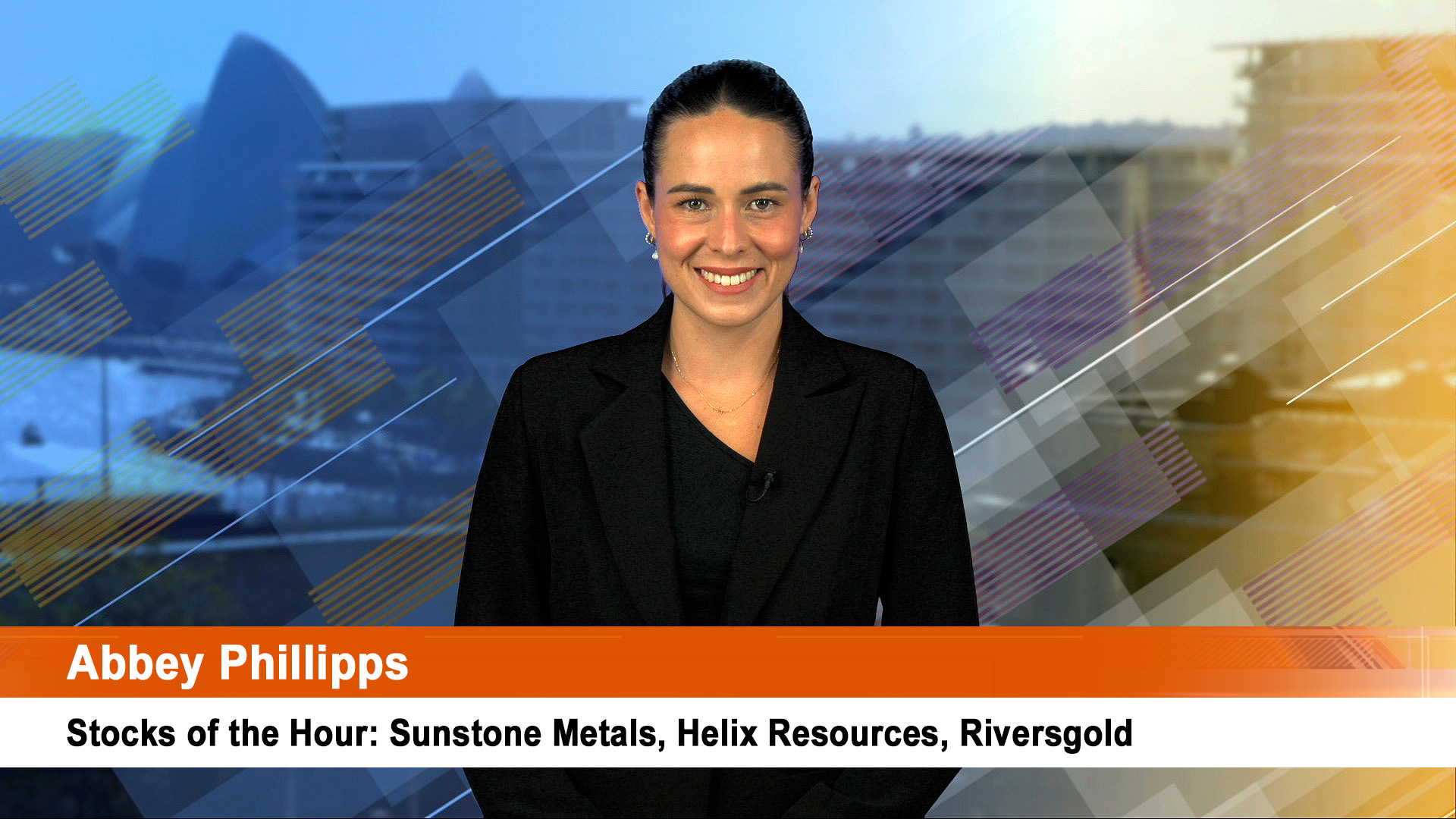The slump in financial assets has led to negative returns for super funds. While disconcerting, occasional negative returns in superannuation funds are a normal part of the investment cycle. But reacting to the current turmoil by moving to cash will lock in losses and only lead to lower long term returns. The wisest approach is to have an appropriate long term investment strategy and to stick to it, says the AMP’s head strategist and economist, Dr Shane Oliver
The last financial year has been pretty bad for investors.
Shares have had their worst financial year since 1981-82 and this has seen superannuation funds record sharp losses.
The situation for investors is made worse by the uncertainty surrounding the outlook.
I think the outlook for the next few months is messy – with oil now the key – but that shares have seen the bulk of the damage and should be back on to a sustainable rising trend by later this year as oil prices eventually fall back to earth and investors look forward to better conditions ahead and start to take advantage of attractive share valuations.
There is however no end of experts who are saying the bear market has only just begun.
Given the uncertainty of the times it’s useful to put things into an historical context.
Equities and super
According to a recent survey, nine out of 10 Australian’s did not know that the fall in share markets over the last year will reduce the value of their super.
The fall in super fund values should not come as a surprise though to those who have shown an interest in their super and have sought advice.
The key driver of returns for an investment portfolio is the asset classes in which the funds are invested.
The most common diversified funds have 70 per cent of their funds invested in growth assets (most of which is shares and property).
This also applies to many individual investors’ separately managed portfolios.
The logic behind this allocation is that over the long term, growth assets provide higher returns than most other asset classes.
Over the last year shares have fallen sharply on the back of the sub-prime mortgage crisis in the US, the credit crunch and more recently the surge in oil prices.
This saw global shares lose 21%, Australian shares lose 13% and Australian listed property trusts lose 36% over the year to June. See the next chart.
The generally positive return in other assets has not been enough to offset these falls and so investment portfolios with a balanced growth bias have seen declines in value.

Negative returns are not that unusual
The most important thing to note is that periodic negative returns from a diversified mix of assets are normal.
The next chart shows rolling annual returns for traditional balanced and growth funds provided by fund managers since 1982.
The historical record indicates that diversified portfolios of assets (cash, bonds, property & equities) have negative returns every six years or so.
The chart only relates to super funds provided by fund managers.
This is because surveys including industry and corporate funds do not have a long history, but the results would be pretty similar.
However, it’s likely that the greater exposure of industry funds to unlisted assets – which have so far been less affected by the turmoil in financial markets – would have seen them have lesser falls over the last year.

Since balanced funds only came into existence thirty years ago, the next chart shows a simulated balanced fund from 1929.
This is constructed on the basis of 70 per cent in Australian equities, 25 per cent in Australian bonds and five per cent in cash.
The simulated series tracks the median balanced fund return pretty well, suggesting that it’s a good proxy.
An investment in this mix of assets would have seen negative returns in 1929-31, 1938-39, 1941-42, 1949, 1952, 1956, 1960-61, 1964-65, 1970-71, 1972-74, 1981- 82, 1987-88, 1990, 1994, 2001-03.

It’s clear that a period of negative returns every few years is a normal event.
In the midst of many of these periods it would have seemed like the “worst ever crisis”, but shares always recovered to resume their rising trend pushing investors’ returns back into positive territory.
With shares and growth assets, periodic negative returns are the price we pay for the higher long term returns they provide.
Mean Reversion
The next table shows a comparison of “balanced fund” returns over 2003 to 2007 with those over the long term.

Between June 2003 to June 2007 the median balanced fund had a real return over 12% pa, whereas the long term average return above inflation since 1901 was just 5.5%.
In other words the average balanced superannuation fund in the 2003 to 2007 period experienced both nominal and real rates of return well above what may have reasonably been expected on the basis of asset class returns over the past century as a whole.
While the average super investor may have lost a nominal 6 to 8% or so over the last year, the last five years have seen their superannuation savings grow by around 57%.
Switching to cash will likely reduce long term returns After a loss, its tempting to swit













